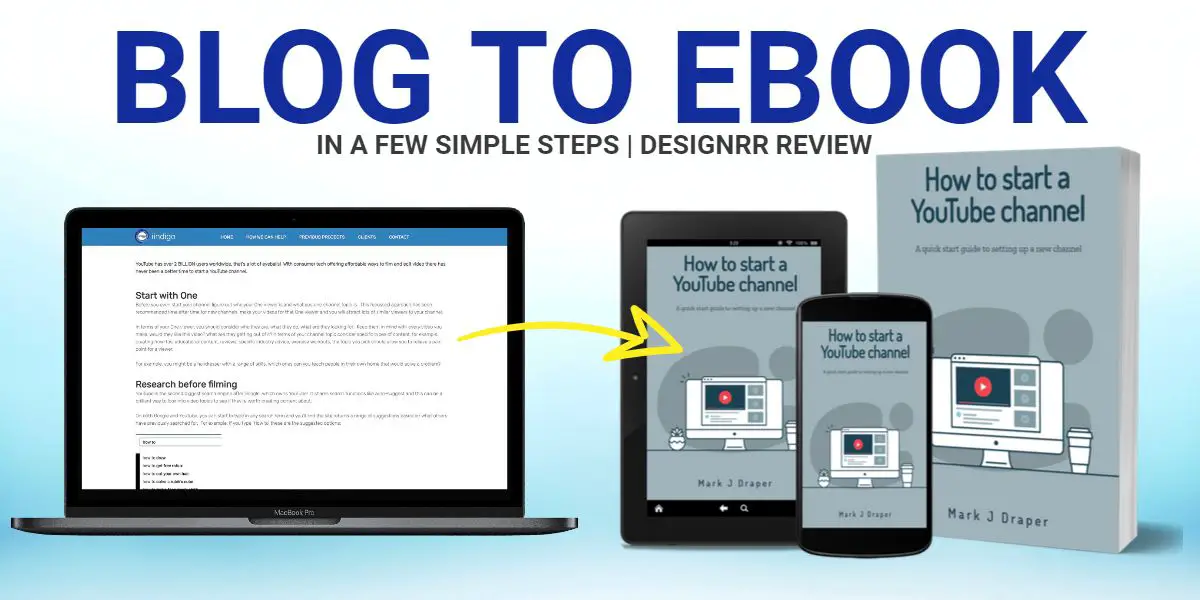On April 16, 2025, GoDaddy Registry inadvertently blocked Zoom’s domain for nearly two hours (18:25-20:12 UTC), causing a major global outage. Over 60,000 users, primarily in the United States, couldn’t join meetings due to DNS resolution failures that returned NXDOMAIN errors. The disruption stemmed from a miscommunication between GoDaddy and Zoom’s registrar, MarkMonitor, resulting in a ServerHold EPP status. The incident highlights the fragility of digital infrastructure even for essential services.

Zoom users worldwide found themselves abruptly disconnected on April 16, 2025, when the video conferencing platform experienced a major global outage lasting nearly two hours. The disruption began at 18:25 UTC and wasn’t fully resolved until 20:12 UTC, leaving thousands of meetings in limbo.
At the peak of the crisis, over 60,000 users reported problems with the service. Some estimates suggest the number reached as high as 70,000 affected individuals, primarily in the United States. You couldn’t access zoom.us or any of its subdomains, including the company’s status page.
During the outage peak, 60,000+ users faced service disruption, with estimates reaching 70,000 affected people, mostly in the US.
The root cause wasn’t Zoom’s infrastructure failing but rather a DNS-level issue. GoDaddy Registry had placed a server block on the zoom.us domain following a miscommunication with Zoom’s registrar, MarkMonitor. This block, known technically as a serverHold EPP status, prevented proper DNS resolution. Zoom later confirmed that there was no security failure during the outage, despite the widespread disruption.
When you tried to connect, your device received NXDOMAIN errors from top-level domain servers. This meant the zoom.us records were completely missing at the TLD level. Even Zoom’s alternative domain, zoom.com, returned HTTP 502 Bad Gateway errors during the incident.
The impact was far-reaching. If you were in a meeting, you likely got disconnected. If you tried to start or join a call, you couldn’t connect at all. Business operations worldwide ground to a halt as this now-essential communication tool disappeared.
The situation was particularly challenging because the outage affected Zoom’s ability to communicate with users. With their status page down, you’d no official source of information about what was happening or when service might return. The outage revealed how critical DNS infrastructure monitoring is for preventing similar service disruptions in the future.
Teams from Zoom, MarkMonitor, and GoDaddy worked quickly to identify and resolve the issue. Service began returning at 20:12 UTC, though many users needed to flush their DNS caches before regaining access.
This incident highlights the fragility of even the most robust services when domain registration systems fail. For a platform that became critical infrastructure during the pandemic, this rare but significant outage demonstrated how a single point of failure can impact millions of users simultaneously.
Frequently Asked Questions
How Did Godaddy Compensate Affected Customers After the Zoom Blackout?
There’s no public evidence that GoDaddy provided financial compensation to customers affected by the Zoom outage.
According to available information, GoDaddy focused on technical remediation rather than offering refunds or credits.
While they worked with Zoom and Markmonitor to resolve the communication error that caused the two-hour service disruption, neither company announced specific compensation plans for impacted users.
Their response centered on fixing the technical issue and implementing preventative measures.
Were Any Sensitive Data Compromised During the Godaddy-Zoom Outage?
No, sensitive data wasn’t compromised during the GoDaddy-Zoom outage.
According to official reports, the 90-minute disruption stemmed from a communication error between MarkMonitor and GoDaddy Registry that temporarily blocked the zoom.us domain.
Zoom confirmed this was strictly a DNS resolution issue affecting their services.
The company explicitly stated that no DDoS attack occurred, and their systems maintained their integrity throughout the incident.
Your personal information remained secure despite the service interruption.
Has Godaddy Implemented New Measures to Prevent Similar Failures?
Yes, GoDaddy has implemented several new measures to prevent similar failures.
You’ll find they’ve enhanced communication protocols between domain registrars and registries to avoid miscommunications.
They’ve also developed risk mitigation plans and are conducting regular compliance audits.
Under an FTC settlement, they must create centralized inventories of system components, perform annual risk assessments, implement multi-factor authentication, and undergo security audits every two years.
These improvements aim to prevent future outages like the one Zoom experienced.
Did Other Video Conferencing Platforms Experience Issues During Godaddy’s Outage?
No, other major video conferencing platforms didn’t experience issues during GoDaddy’s outage.
While Spotify and X (formerly Twitter) had service disruptions around the same time, these were unrelated to the GoDaddy incident.
You’ll notice that competitors like Microsoft Teams and Google Meet continued operating normally.
The outage specifically affected Zoom because of the communication error between Markmonitor and GoDaddy Registry that blocked the zoom.us domain.
This highlights how third-party dependencies can impact specific services while leaving others unaffected.
What Was the Estimated Financial Impact of the 90-Minute Zoom Blackout?
During the 90-minute Zoom blackout, the financial impact was significant but not precisely quantified.
Based on Zoom’s Technology Impact Report, which indicates $12,212 annual value per user, you can extrapolate that millions were lost in productivity.
The outage disrupted thousands of meetings globally, causing lost billable hours, delayed decision-making, and missed opportunities.
While Zoom still reported 4% year-over-year revenue growth in Q2 FY24 ($1.139 billion), the incident likely created short-term customer satisfaction issues and increased support costs.





